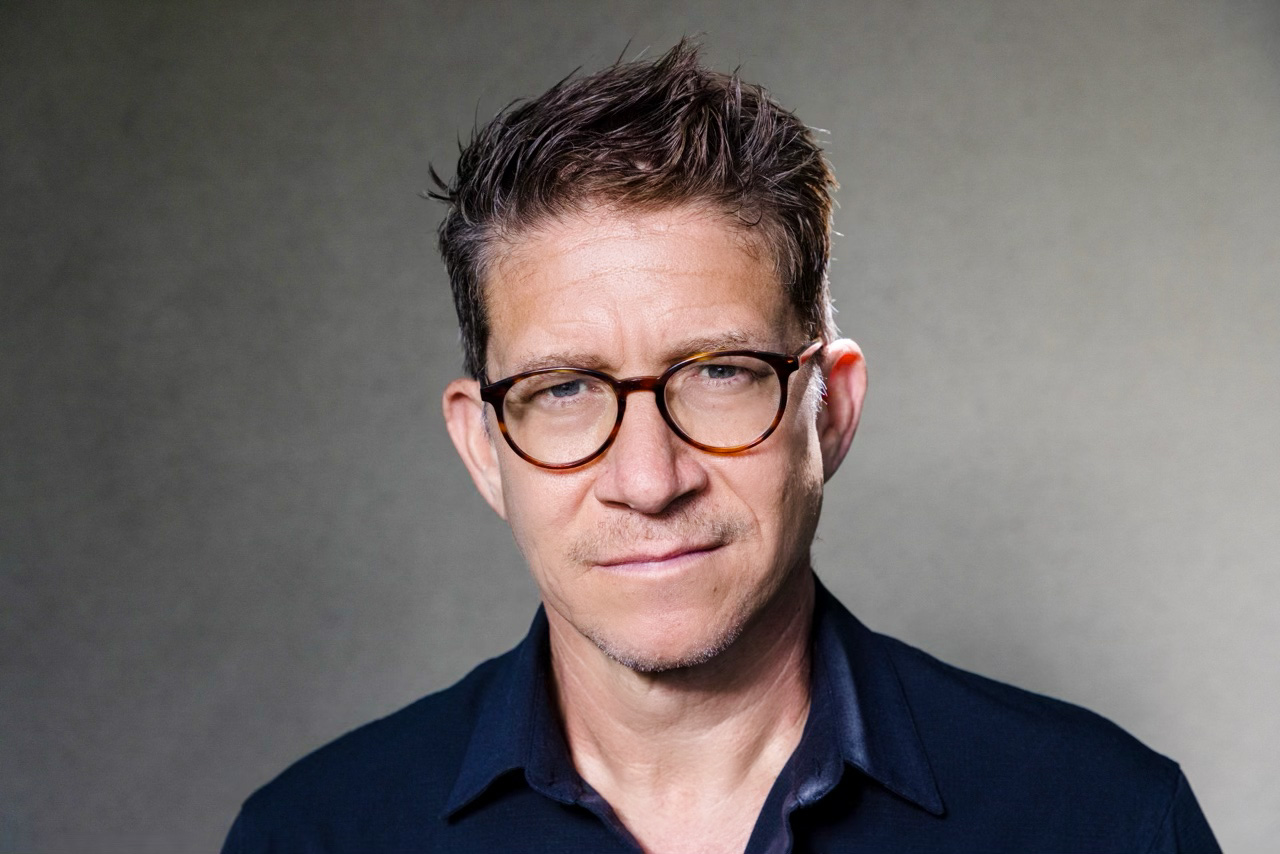By Paul Martin
Nearly two years ago, I began fighting the illicit fentanyl scourge. It started in a town infamous for opioid addiction, Española, New Mexico. There, I sat with dozens of fentanyl users who described arriving at “utopia” despite living on the streets. Many expressed guilt for abandoning their minor children. I mentored teens at the high school, all of whom had parents and other family members who had fallen victim to what is the leading cause of fatalities in the U.S. for those ages 18 to 45. Today, approximately one million mothers and fathers grieve the loss of their child in the past decade due to fentanyl, or what some deem fentanyl poisoning.
While experts view the crisis as global—the deadliest drug crisis in the history of the world—I believe its impact and solution are profoundly local.
The reality is every death leaves a community scar—a home with an empty chair at the table, a high school mourning the loss of a student, a workplace needing to fill a vacant position. From a discrete place and time, each death ripples outward, overwhelming hospitals and clinics, stretching first responders and law enforcement to their breaking points, and forcing mental health centers and community organizations to fight tirelessly to repair the damage despite limited resources. At a federal level, our agencies spend billions of dollars in law enforcement and mental health as they scramble to keep up.
It is tempting to believe that solutions must come from the top down—a new law, tougher foreign policies, or sanctioning social media companies. At United Against Fentanyl, we ardently support policies aiming to reduce fatalities. However, such measures are inadequate—undoubtedly necessary but not sufficient.
We must remember that fentanyl deaths do not wait while policies are debated and proposed legislative changes move at a glacial pace. With nearly five hundred parents who will learn, every single day, that their child died from fentanyl, waiting for Washington or Beijing to act is far too high.
So we must think locally—preparing our towns and cities to confront the onslaught of a toxic chemical. Local action is not a secondary line o,f defense but the foundation of a living, breathing solution to this crisis.
The mission of United Against Fentanyl is “to interrupt the use of fentanyl through innovative, bold, and effective initiatives.” To this end, United Against Fentanyl recently launched Walk for Lives—a comprehensive plan to significantly reduce fentanyl deaths in the form of community-based grassroots initiatives in dozens of states across America. Held on the morning of Saturday, September 20, 2025, each of these campaigns will provide lifesaving awareness, education, and resources while creating sustainable networks and partnerships with private and public organizations, penetrating hundreds of vulnerable cities and towns.
Debbie Weir, former CEO of Mothers Against Drunk Driving and UAF Advisory Board Member, recently shared that a nationwide grassroots community organizing campaign is “the greatest public awareness tool there is” for the fentanyl crisis.
Each walk will be led by a family member who lost a loved one to fentanyl, in most cases, a mother. Following the walk will be testimonials by loved ones, informative talks by experts, and a resource fair. To garner maximum exposure, each Walk for Lives campaign will aim to synergize with elected officials, law enforcement, community health centers, health clinics, counseling centers, faith communities, relevant businesses, and local influencers. United Against Fentanyl will provide comprehensive training on community organizing best practices to the Walk for Lives leadership teams.
Following the announcement of Walk for Lives on October 30th, over 200 survivors heeded the call. So far, in 41 states, dozens of cities and towns nationwide are now sites on the map. Organizers today are in early-stage planning in rural towns, including Kilgore, Texas, Booneville, Indiana, and Mount Shasta, California, each with populations under 10,000, as well as larger cities such as San Francisco, Fort Worth, Orlando, and Minneapolis.
Today, led by parents, hundreds of volunteers are organizing their communities.
As the fentanyl crisis is expected to continue for years, United Against Fentanyl will continue working to recruit and develop community organizers after September 20th to foster and encourage resilient and sustainable ecosystems across the nation that will withstand the crisis and save lives.
Ultimately, we must not wait for a new law or policy breakthrough to save us.
We must prepare our cities and towns, and we must do it now.
